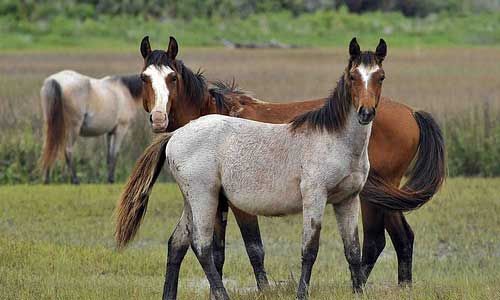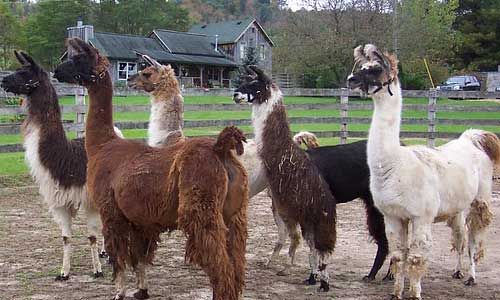Training Your Pet
Once your pet has settled into your home it is a good idea to think about training. Training your pet can help ensure that the behaviors that they exhibit are primarily desirable ones. Dogs in particular like to please their owners and doing so will help retain a lifelong bond between you.
Training your Dog
While dogs have earned a reputation as ‘man’s best friend’ thanks to their loyal and affectionate nature, just like their human counterparts they can sometimes possess annoying habits or personality traits that make them difficult to live with.
Training your dog will be hugely beneficial to your dog learning to live harmoniously alongside his human family. It will strengthen the bond between you and ensure his safety when out and about. Many dogs also find training to be a fun activity.
What is the best method to train my dog?
There are many different schools of thought as to how best to train a dog. Some owners prefer strict training with punishments for non-compliance, while others prefer to praise positive behavior and ignore undesirable reactions. Studies have shown that as a general rule the latter method works best, but however you decide to train your dog, in order to do so effectively you need to consistently control the consequences of your dogs’ behavior.
Dogs cannot relate events that are separated by time and so the consequences to behavior need to be immediate. You cannot praise your dog several minutes after returning to you when called as he will not understand why he is receiving it. The easiest way to train a dog is to reward the behaviors that you like and not reward those that you don’t.
It really is that simple, but being consistent is vital otherwise you will send mixed messages to your pet. For example, if you do not want your pet to jump up at you (which they do to get your attention) then ignore them until they calm down. Praise and make a fuss of them as soon as they have returned to calm behavior. They will then learn that this is the way that you prefer them to behave. It may take several days or weeks of doing this, but your dog will soon learn the correct behavior to exhibit.
What positive consequences should I use?
The biggest thing that your dog craves is love, attention and affection from his human family. Rewarding their good behavior with these should make your pet happy and lead to successful training. Occasional commercial dog treats can be used if necessary too.
For more information on training your dog, speak to your veterinarian who may be able to direct you to local dog or puppy training classes.
Training your Cat
Cats are naturally independent creatures that are not as inclined as dogs are to work for praise or attention. They are also harder to motivate. This does not mean that they cannot be trained, but you will need additional patience.
Just like training a dog, you should reinforce desired behavior by offering positive consequences whilst undesirable behavior should be left unrewarded. However unlike dogs that are happy to be rewarded with affection, positive consequences for cats almost always have to be food-based. Find the food treats that your kitten or cat likes best. These could be small chunks of meat, tuna or commercial cat treats.
Some people use a clicker or a pen with a clicking function to train their feline friends. Clicking at the precise moment that your cat performs desirable behavior helps them to make the association which the positive consequence then reinforces.
Training your Dog
While dogs have earned a reputation as ‘man’s best friend’ thanks to their loyal and affectionate nature, just like their human counterparts they can sometimes possess annoying habits or personality traits that make them difficult to live with.
Training your dog will be hugely beneficial to your dog learning to live harmoniously alongside his human family. It will strengthen the bond between you and ensure his safety when out and about. Many dogs also find training to be a fun activity.
What is the best method to train my dog?
There are many different schools of thought as to how best to train a dog. Some owners prefer strict training with punishments for non-compliance, while others prefer to praise positive behavior and ignore undesirable reactions. Studies have shown that as a general rule the latter method works best, but however you decide to train your dog, in order to do so effectively you need to consistently control the consequences of your dogs’ behavior.
Dogs cannot relate events that are separated by time and so the consequences to behavior need to be immediate. You cannot praise your dog several minutes after returning to you when called as he will not understand why he is receiving it. The easiest way to train a dog is to reward the behaviors that you like and not reward those that you don’t.
- If your dog likes the consequence you give them they will be more likely to repeat that behavior so they get the consequence again i.e. love, attention and praise.
- If they dislike the consequences then they will do the behavior less often.
It really is that simple, but being consistent is vital otherwise you will send mixed messages to your pet. For example, if you do not want your pet to jump up at you (which they do to get your attention) then ignore them until they calm down. Praise and make a fuss of them as soon as they have returned to calm behavior. They will then learn that this is the way that you prefer them to behave. It may take several days or weeks of doing this, but your dog will soon learn the correct behavior to exhibit.
What positive consequences should I use?
The biggest thing that your dog craves is love, attention and affection from his human family. Rewarding their good behavior with these should make your pet happy and lead to successful training. Occasional commercial dog treats can be used if necessary too.
For more information on training your dog, speak to your veterinarian who may be able to direct you to local dog or puppy training classes.
Training your Cat
Cats are naturally independent creatures that are not as inclined as dogs are to work for praise or attention. They are also harder to motivate. This does not mean that they cannot be trained, but you will need additional patience.
Just like training a dog, you should reinforce desired behavior by offering positive consequences whilst undesirable behavior should be left unrewarded. However unlike dogs that are happy to be rewarded with affection, positive consequences for cats almost always have to be food-based. Find the food treats that your kitten or cat likes best. These could be small chunks of meat, tuna or commercial cat treats.
Some people use a clicker or a pen with a clicking function to train their feline friends. Clicking at the precise moment that your cat performs desirable behavior helps them to make the association which the positive consequence then reinforces.











